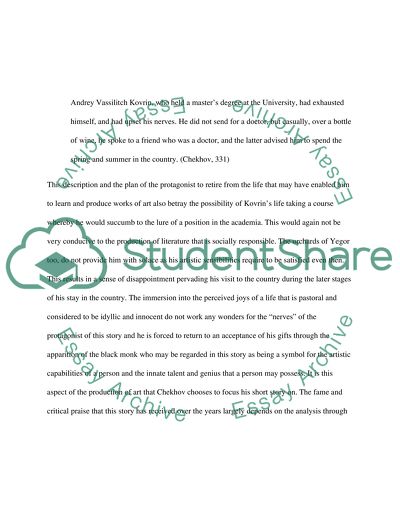Cite this document
(“The Black Monk by Anton Chekhov Essay Example | Topics and Well Written Essays - 1500 words”, n.d.)
Retrieved de https://studentshare.org/literature/1392485-essay
Retrieved de https://studentshare.org/literature/1392485-essay
(The Black Monk by Anton Chekhov Essay Example | Topics and Well Written Essays - 1500 Words)
https://studentshare.org/literature/1392485-essay.
https://studentshare.org/literature/1392485-essay.
“The Black Monk by Anton Chekhov Essay Example | Topics and Well Written Essays - 1500 Words”, n.d. https://studentshare.org/literature/1392485-essay.


